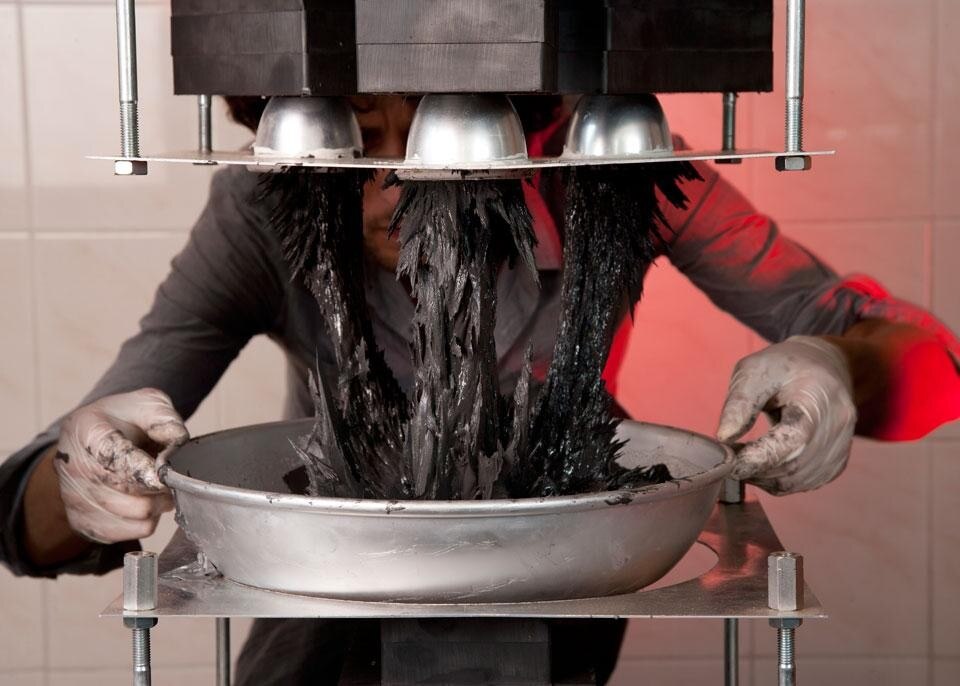As a designer, he sees future potential in the joined cooperative forces combining technology with natural phenomena. "It is my believe that developing new "tools" is an important means of inspiring and allowing new forms to take shape," van de Wiel says. "As a designer I only create some circumstances and the magnetic power creates the shape of the objects."
Jólan van der Wiel, 26 years, graduated last July at the Gerrit Rietveld Academie / DesignLab in Amsterdam. Gravity Stool was his thesis project.
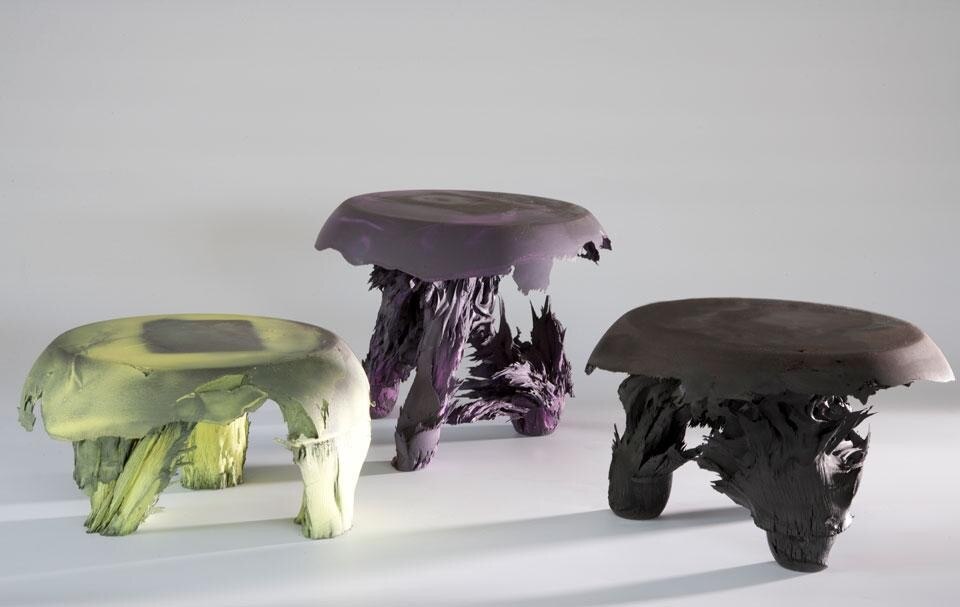
Gravity Stool from Miranda Stet on Vimeo.
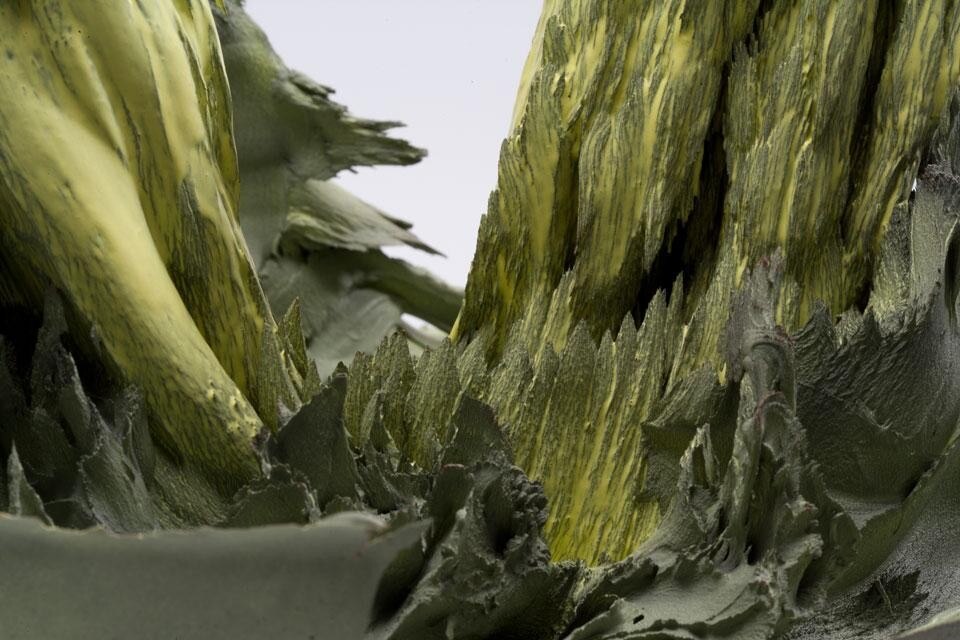
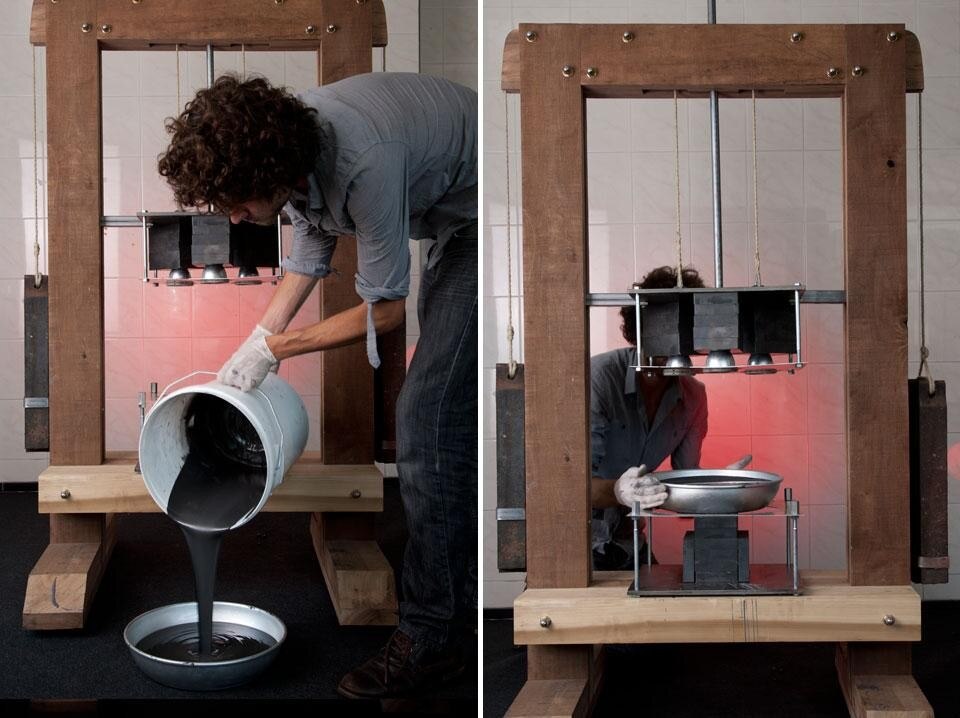

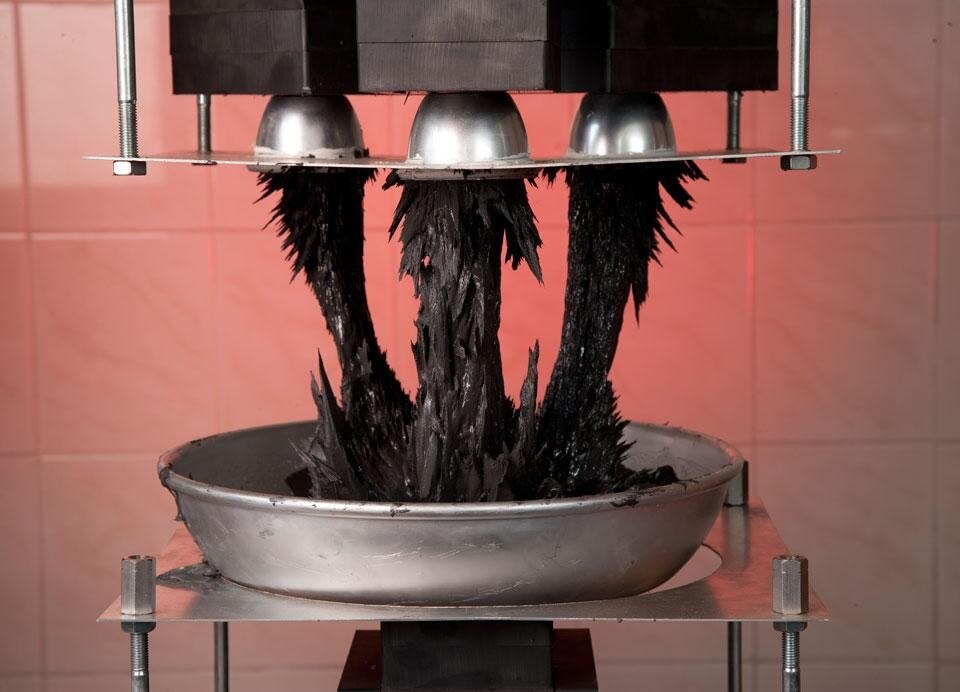
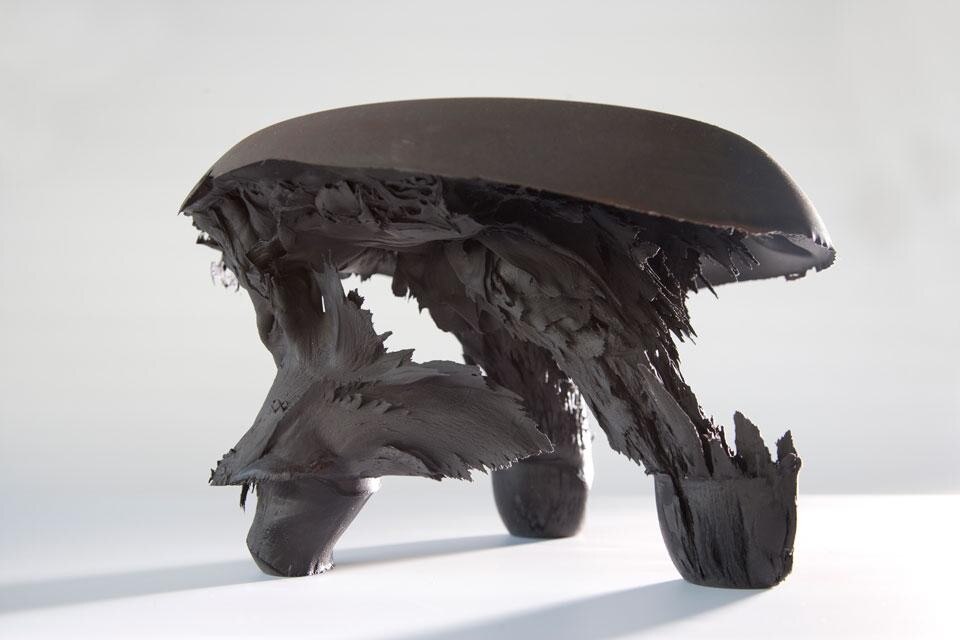
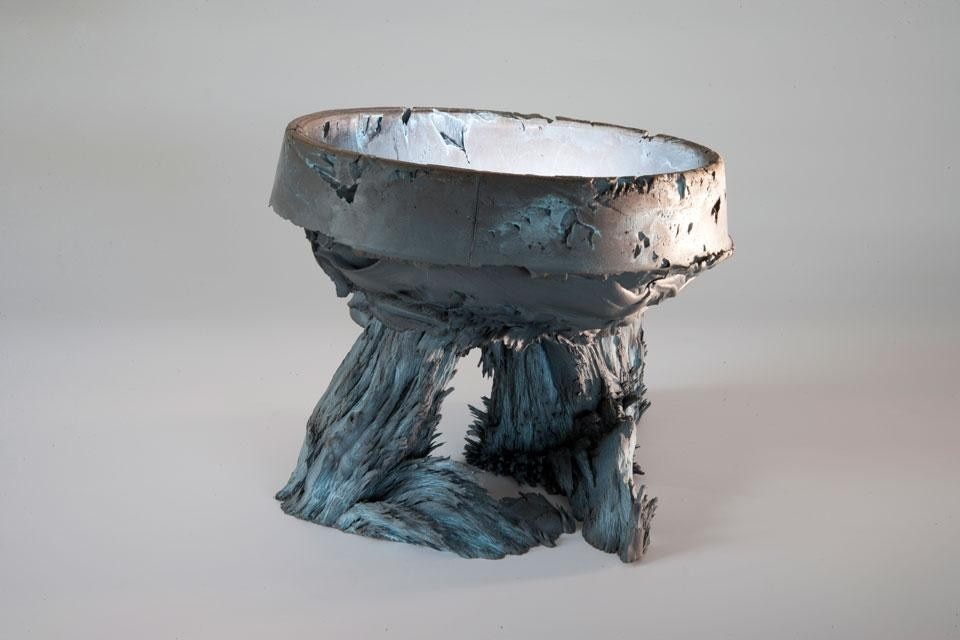
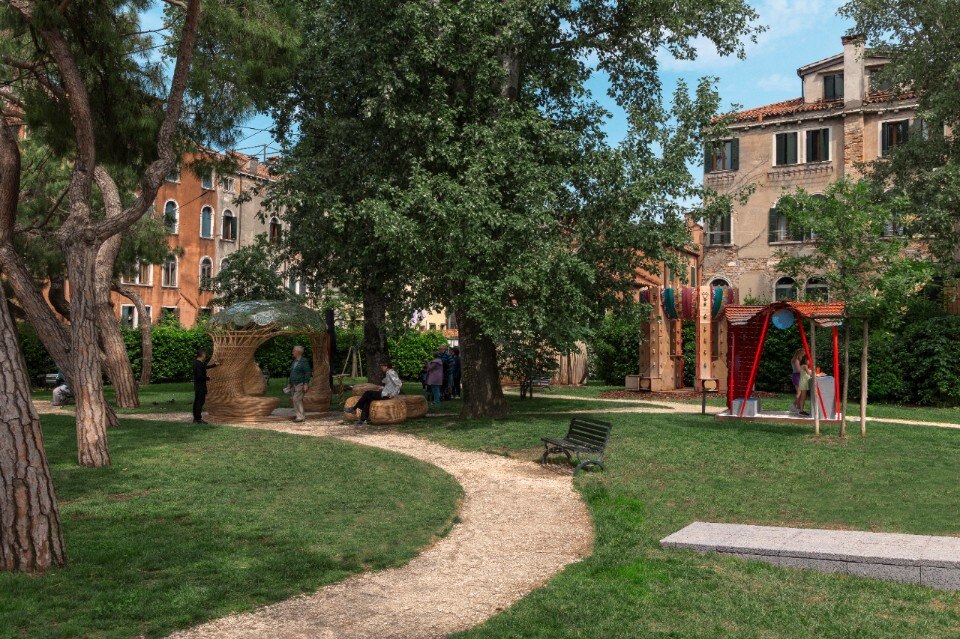
Time Space Existence: the Future of Architecture In Venice
Until November 23, 2025, Venice is the global hub for architectural discussion with "Time Space Existence." This biennial exhibition, spearheaded by the European Cultural Centre, features projects from 52 countries, all focused on "Repairing, Regenerating, and Reusing" for a more sustainable future.


